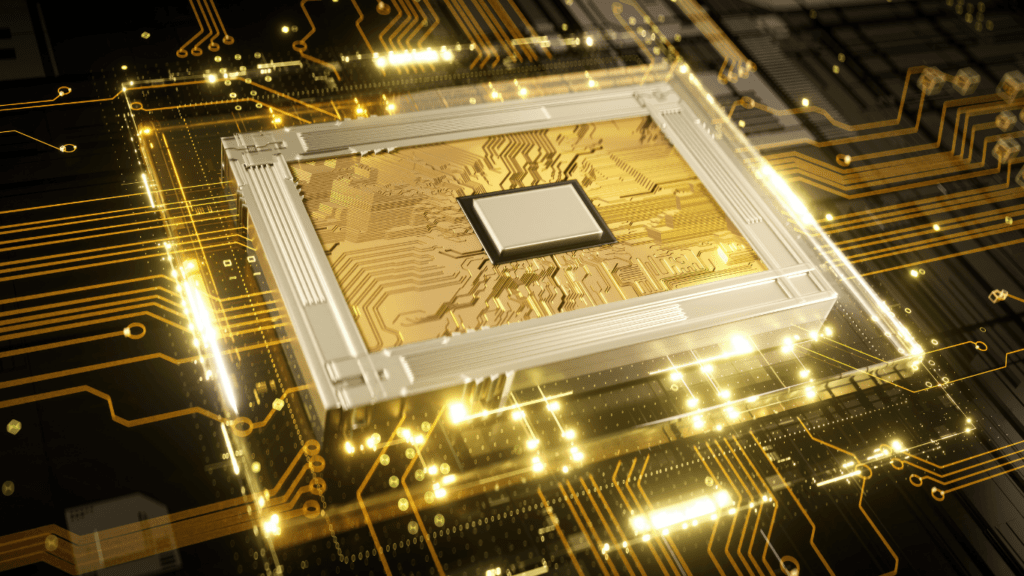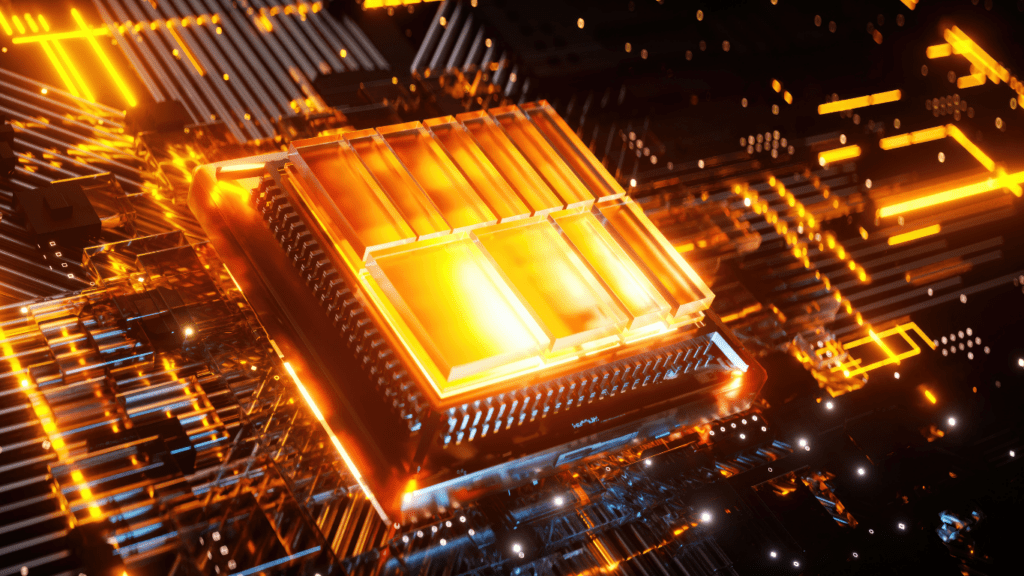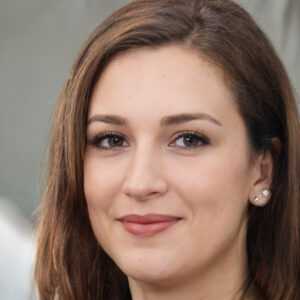A Brief History of Quantum Computing
The concept of quantum computing first emerged in the 1980s. Physicist Richard Feynman and computer scientist David Deutsch were pivotal in proposing the idea. They suggested that quantum mechanics could potentially solve problems that classical computers couldn’t address. Feynman, in particular, highlighted the challenges classical computers face when simulating quantum systems.
In 1985, Deutsch formulated a theoretical model for a quantum computer, known as the quantum Turing machine. This model laid the foundation for further developments in the field. By the 1990s, Peter Shor’s algorithm for factoring large numbers exponentially faster than classical algorithms drew significant attention.
Global interest surged in the late 1990s and early 2000s. Key institutions, like IBM and Bell Labs, began investing heavily in quantum research. In 2001, IBM’s research team successfully implemented Shor’s algorithm on a quantum computer using seven qubits, factoring the number 15. Though a simple demonstration, it marked a milestone in quantum computing.
Throughout the 2010s, advancements accelerated. Google’s quantum team developed the D-Wave quantum computer, and other tech giants followed suit. In 2019, Google’s Sycamore processor achieved “quantum supremacy,” performing a specific task faster than the most powerful classical supercomputers.
The journey from theoretical concepts to experimental achievements underscores the rapid evolution of quantum computing. As I explored its history, I’ve noted the critical milestones shaping today’s technological landscape. Through these developments, quantum computing’s transformative potential becomes increasingly evident.
The Basics of Quantum Mechanics
Quantum mechanics forms the foundation of quantum computing. This section will delve into some fundamental principles and their application to computing.
Key Concepts in Quantum Mechanics
Quantum mechanics governs the behavior of particles at atomic and subatomic levels. The three key principles are superposition, entanglement, and qubits.
- Superposition: A quantum particle can exist in multiple states simultaneously. For example, an electron can appear in multiple positions at once until measured.
- Entanglement: Particles become interconnected so that the state of one instantly affects the state of another, no matter the distance. Einstein called this “spooky action at a distance.”
- Qubits: Unlike classical bits, qubits can represent 0, 1, or both simultaneously through superposition. This characteristic exponentially increases computing power.
How Quantum Mechanics Applies to Computing
Quantum mechanics transforms computations by leveraging qubit behavior. There are two main aspects of how it applies:
- Quantum Algorithms: Algorithms, like Shor’s for factorizing large numbers, exploit superposition and entanglement to solve complex problems faster than classical methods.
- Quantum Gates: Quantum gates perform operations on qubits, similar to classical logic gates. Unlike classical gates, quantum gates can run multiple operations at once due to superposition.
Through these principles, quantum mechanics breaks traditional limits, enabling new possibilities in computing power and efficiency.
Quantum Computing vs Classical Computing
Quantum computing and classical computing differ fundamentally in their core principles and computational capabilities. Classical computers process information using bits, while quantum computers use qubits, which offer unprecedented processing power and complexity.
Differences Between Quantum and Classical Computers
Classical computers use bits as the basic unit of information. A bit is either a 0 or a 1, and these bits process a sequence of instructions to perform tasks. This binary system limits classical computers to solving problems in a linear fashion.
On the other hand, quantum computers use qubits. Unlike bits, qubits can be both 0 and 1 simultaneously due to superposition. This allows for parallel processing, enabling quantum computers to solve complex problems much faster. For instance, while a classical computer follows a single path to solve a problem, a quantum computer explores multiple paths simultaneously.
Another key difference lies in entanglement. In classical systems, bits operate independently. In quantum systems, qubits can become entangled, meaning the state of one qubit directly affects another, regardless of distance. This interconnected state amplifies quantum computing power, enabling faster information processing and data manipulation.
Advantages and Disadvantages
Quantum computing has several advantages. It can handle complex computations more efficiently than classical computers. For example, quantum algorithms like Shor’s algorithm factor large numbers exponentially faster than classical algorithms, which has implications for cryptography. Quantum computers also excel in simulating molecular structures, making them valuable for pharmaceuticals and materials science.
However, there are disadvantages. Quantum computers are highly sensitive to their environment, which causes errors. They require extremely low temperatures to operate, increasing the complexity and cost of maintaining these systems. Additionally, developing quantum software and algorithms remains challenging, as the principles of quantum mechanics are still being fully understood and harnessed.
While quantum computing presents groundbreaking capabilities, its practical implementation faces significant hurdles. These challenges include stability, cost, and scalability. We are still in the early stages of fully unleashing the potential of quantum computing, but it promises to revolutionize data processing in ways classical computing cannot.
Key Components of Quantum Computers

Quantum computers rely on several fundamental components to function and achieve their advanced capabilities.
Qubits
Qubits, the building blocks of quantum computers, differ from classical bits in their ability to exist in multiple states simultaneously. While classical bits represent either a 0 or a 1, qubits leverage superposition to represent 0, 1, or both states at once. This unique property allows quantum computers to process vast amounts of data in parallel. For instance, in 2019, Google’s Sycamore processor, consisting of 54 qubits, demonstrated significant computational advantages, showcasing the power of qubits in practical applications.
Quantum Gates
Quantum gates manipulate qubits, enabling quantum operations that differ fundamentally from classical logic gates. These gates, such as the Hadamard, Pauli-X, and CNOT gates, perform operations on one or more qubits, altering their state in ways that exploit superposition and entanglement. For example, the Hadamard gate creates a superposition state from a single qubit, vital for many quantum algorithms. The CNOT gate entangles two qubits, linking their states and enabling complex interdependent operations. These gates form the core of quantum circuits, driving computational processes in quantum systems.
Quantum Circuits
Quantum circuits, composed of interconnected quantum gates, form the pathways for complex quantum computations. Each circuit is designed to execute specific quantum algorithms, leveraging the unique properties of qubits and quantum gates. For instance, Shor’s algorithm for factoring large numbers, implemented via quantum circuits, demonstrated quantum computing’s potential to solve specific problems much faster than classical methods. Quantum circuits must be precisely crafted and maintained due to the delicate nature of quantum states, often requiring cryogenic temperatures and isolated environments to minimize errors.
By understanding these key components, I can appreciate the intricate engineering that powers quantum computers and their potential to revolutionize various fields.
Real-World Applications of Quantum Computing
Quantum computing holds transformative potential across various industries. Its unique capabilities enable groundbreaking advancements.
Cryptography
Cryptography benefits significantly from quantum computing’s superior computational power. Traditional cryptographic algorithms, such as RSA, rely on the difficulty of factoring large numbers. Quantum algorithms, notably Shor’s algorithm, can factor these numbers exponentially faster than classical methods. This poses a threat to current encryption techniques, prompting the development of quantum-resistant algorithms. I see this as a critical area where quantum computing will redefine data security.
Drug Discovery
Drug discovery involves complex molecular simulations and chemical interactions. Quantum computers can simulate molecular structures with high accuracy. This leads to faster, more efficient drug development processes. For example, modeling enzyme interactions that take classical computers years can be done in a fraction of the time with quantum systems. I’ve noted that pharmaceutical companies are already investing in quantum computing to expedite the discovery of new medications.
Optimization Problems
Optimization problems appear in numerous fields, from logistics to finance. Quantum computing excels in searching for optimal solutions among vast possibilities. For example, delivery route optimization can save significant time and resources. Quantum algorithms, like the Quantum Approximate Optimization Algorithm (QAOA), provide advantages in finding these solutions. I believe that industries focusing on optimization will witness substantial efficiency improvements due to quantum computing advancements.
Current State and Future Prospects
Quantum computing stands at a threshold of greatness, with several breakthroughs marking its progress. While we’re not yet in an era where quantum computers solve everyday problems, we can clearly see their potential.
Leading Companies and Research Institutions
Several major players drive the advancements in quantum computing. IBM, Google, and Microsoft are leading in developing quantum hardware and algorithms:
- IBM: IBM offers Quantum Experience, an accessible cloud-based quantum computing platform. They launched the IBM Q System One, a universal quantum computer for commercial and research applications.
- Google: Google made headlines in 2019 by achieving “quantum supremacy,” demonstrating that their Sycamore processor solved a complex problem much faster than classical computers.
- Microsoft: Microsoft’s approach focuses on topological qubits, believed to be more stable than other types. Their Quantum Development Kit supports developers building quantum applications.
- Academic Institutions: MIT, Harvard, and the University of California, Berkeley, conduct pioneering research, contributing significant breakthroughs in quantum algorithms and error correction techniques.
Challenges and Future Developments
Quantum computing faces several challenges that need addressing:
- Error Rates: Quantum computers are prone to decoherence and quantum noise, leading to errors. Researchers are developing error correction codes to mitigate this.
- Scalability: Building quantum computers with more qubits is challenging. Current qubit counts range in the hundreds, far below the thousands needed for practical applications.
- Environmental Sensitivity: Qubits require extremely low temperatures to function, complicating their integration into existing technology environments.
Despite these hurdles, the future looks promising. Quantum computing may revolutionize cryptography by implementing quantum-resistant encryption methods. Drug discovery and materials science could benefit from high-precision molecular simulations, accelerating innovation. Optimizing complex logistics and financial systems through quantum algorithms remains another area of potential growth.
Advancements will come incrementally, with hybrid models combining quantum and classical computing emerging as a practical intermediate solution.


 Patience Degarmonic was instrumental in building the community and health sections of News Flip Network, bringing a fresh perspective to the platform. Her focus on wellness content, along with her efforts in curating relevant and insightful articles, added depth to the site’s offerings. Degarmonic’s contributions ensured that readers not only stay informed about current events but also gain valuable tips for leading balanced and healthy lives.
Patience Degarmonic was instrumental in building the community and health sections of News Flip Network, bringing a fresh perspective to the platform. Her focus on wellness content, along with her efforts in curating relevant and insightful articles, added depth to the site’s offerings. Degarmonic’s contributions ensured that readers not only stay informed about current events but also gain valuable tips for leading balanced and healthy lives.